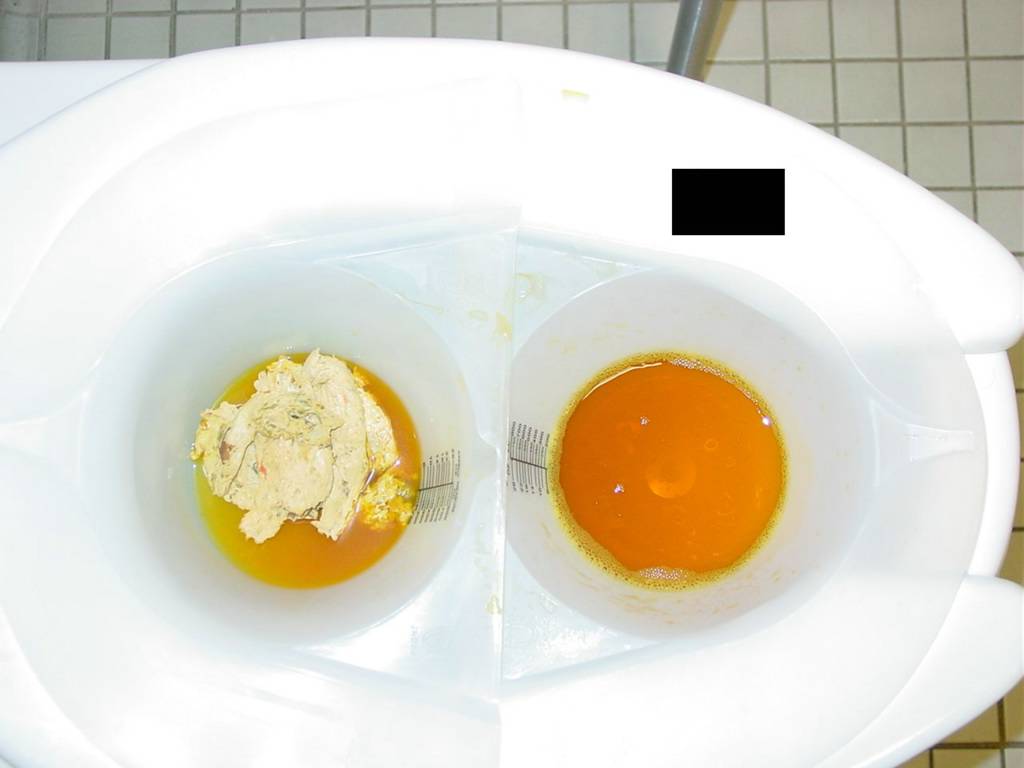

The deposits form in the gallbladder, a small organ located just below the liver. Gallstones are small, hardened deposits of bile, a digestive fluid. But in more serious cases, jaundice, fever, enlarged lymph nodes, and other signs may be present. You or your child could have EBV and experience no symptoms or lasting health problems. It tends to be transmitted through bodily fluids, such as saliva.Ī child who shares a toothbrush or a drinking glass with someone who has EBV is vulnerable. Over time, this can cause serious harm to liver function.ĮBV is a very common virus, affecting children and adults alike. Another type of hepatitis, known as autoimmune hepatitis, occurs when the body’s immune system mistakenly attacks healthy cells in the liver.Īll forms of hepatitis involve inflammation of the liver. Hepatitis A and hepatitis B are preventable by vaccines. Hepatitis E is usually isolated to developing regions of the world.Hepatitis D often develops in people who already have the hepatitis B virus.Hepatitis C is typically transmitted through contaminated blood or drug needles, so it may be less likely a cause of jaundice in young children.A mother with hepatitis B may transmit the virus to her baby at birth. Hepatitis B is transmitted through bodily fluids.Hepatitis A is often the result of consuming contaminated water or food.There are five basic types of transmittable hepatitis, each one triggered by a different virus.

Among the more common causes of jaundice are: Knowing the origin of your child’s jaundice is critical in making sure the right treatment plan is put in place. Jaundice has a range of several possible causes.


 0 kommentar(er)
0 kommentar(er)
